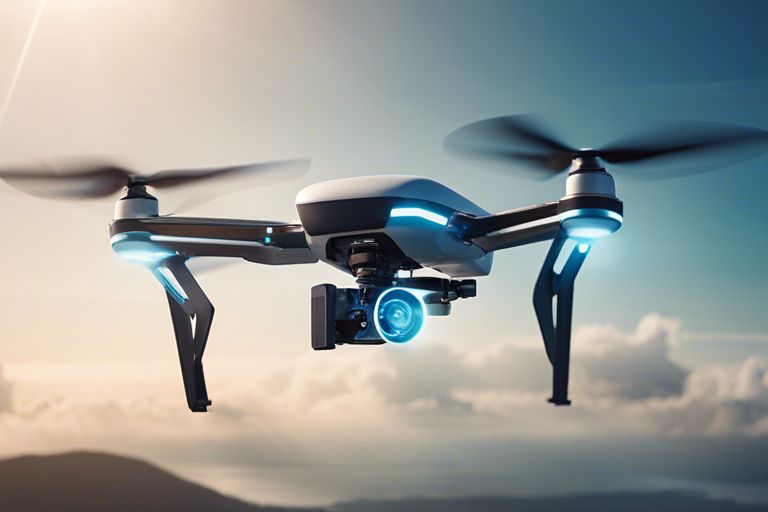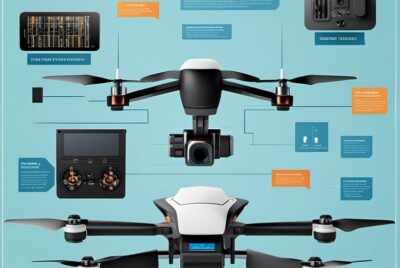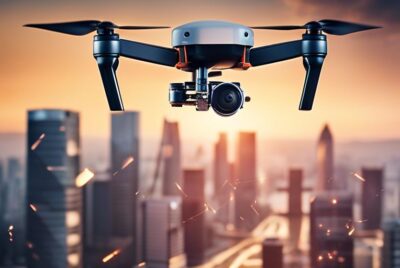“Batteries Aloft – Advances in Drone Power Systems”
There’s no denying that drones have become indispensable tools in various industries, from photography to agriculture. One critical component that determines a drone’s performance and flight time is its power system. In this blog post, we will explore the latest advancements in drone battery technology, discussing how these developments are enhancing battery life, power density, and overall performance of drones in the sky. Stay tuned to learn more about the innovative solutions propelling drones to new heights.
Chemistry and Energy Density
A key factor in the advancement of drone power systems is the chemistry of the batteries used. Different battery chemistries offer varying energy densities, affecting the flight time and payload capacity of drones. Lithium-based batteries, in particular, have become the preferred choice due to their high energy density and lightweight properties.
Lithium-based Batteries
Chemistry plays a crucial role in the performance of lithium-based batteries. These batteries typically use lithium ion or lithium polymer chemistry, which allows for high energy densities and efficient energy storage. Lithium-based batteries have revolutionized the drone industry by providing longer flight times and greater power output compared to traditional battery technologies.
Alternative Energy Sources
To further enhance the capabilities of drone power systems, researchers are exploring alternative energy sources such as fuel cells and solar panels. These technologies offer the potential for longer flight times and increased efficiency, reducing the reliance on traditional battery systems. By integrating alternative energy sources into drone power systems, operators can achieve extended flight times and improved sustainability.
This shift towards alternative energy sources is driven by the need for drones to operate for longer periods and carry heavier payloads. Fuel cells, for example, offer higher energy densities and rapid refueling capabilities, making them ideal for long-range missions. Solar panels can also supplement battery power during flight, extending the drone’s operational capabilities. Incorporating alternative energy sources into drone power systems is a pivotal step towards achieving greater efficiency and performance in the unmanned aerial vehicle industry.
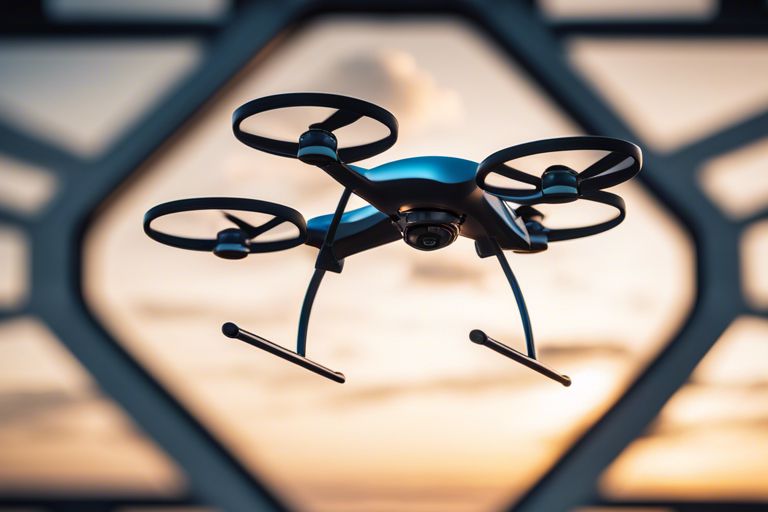
Battery Design and Architecture
Some of the most crucial elements of drone power systems are the batteries that provide the necessary energy for flight. Battery design and architecture play a significant role in determining the performance, efficiency, and safety of drones. Advances in battery technology have led to the development of innovative power systems that are helping drones achieve longer flight times and increased capabilities.
Modular Power Systems
To address the limitations of traditional single-cell batteries, drone manufacturers are increasingly turning to modular power systems. These systems consist of multiple battery modules that can be easily combined to scale up the power capacity of drones. By using modular designs, drones can achieve greater flexibility in power management, improved efficiency, and enhanced safety during flight operations.
Modular power systems also offer the advantage of easy maintenance and replacement of individual battery modules, reducing downtime and costs associated with battery failures. This approach allows drone operators to customize the power capacity of their drones according to specific mission requirements, making it a practical solution for a wide range of applications in sectors such as agriculture, construction, and surveillance.
Smart Battery Management
On top of modular power systems, smart battery management plays a crucial role in optimizing the performance and lifespan of drone batteries. By integrating intelligent battery management systems, drones can monitor key parameters such as voltage, temperature, and charge levels in real-time. This allows drones to adjust their power usage dynamically, prevent overcharging or overheating, and extend the overall battery life.
A smart battery management system not only enhances the safety and reliability of drones but also contributes to the efficiency of operations by providing precise energy management capabilities. With the ability to communicate battery status and health data to drone operators, smart battery management ensures proactive maintenance and troubleshooting to keep drones in peak condition for optimal performance.
Charging Technologies and Infrastructure
Fast Charging Solutions
Technologies for fast charging solutions have seen significant advancements in the realm of drone power systems. These solutions are designed to reduce downtime and increase the operational efficiency of drones, making them more viable for various applications. Fast charging systems employ high-powered chargers and specialized battery technology to quickly recharge drone batteries, enabling rapid turnaround times between flights.
New fast charging technologies are being developed to support the growing demand for drones in commercial and industrial sectors. These solutions not only enhance the convenience of drone operations but also contribute to overall productivity. With the ability to swiftly recharge batteries, drones can be deployed more frequently and for longer durations, opening up new possibilities for aerial missions.
Wireless and Solar Charging Innovations
Any exploration of charging technologies for drones would be incomplete without considering wireless and solar charging innovations. Wireless charging systems eliminate the need for physical connections between the drone and the charger, providing a convenient and efficient solution for powering up drones. Solar charging solutions, on the other hand, harness renewable energy from the sun to charge drone batteries, offering sustainable and environmentally friendly power sources.
With the increasing focus on sustainable practices and the need for extended drone flight times, wireless and solar charging innovations are poised to play a significant role in the future of drone power systems. These technologies not only offer practical benefits but also align with the global shift towards renewable energy sources and eco-friendly solutions.
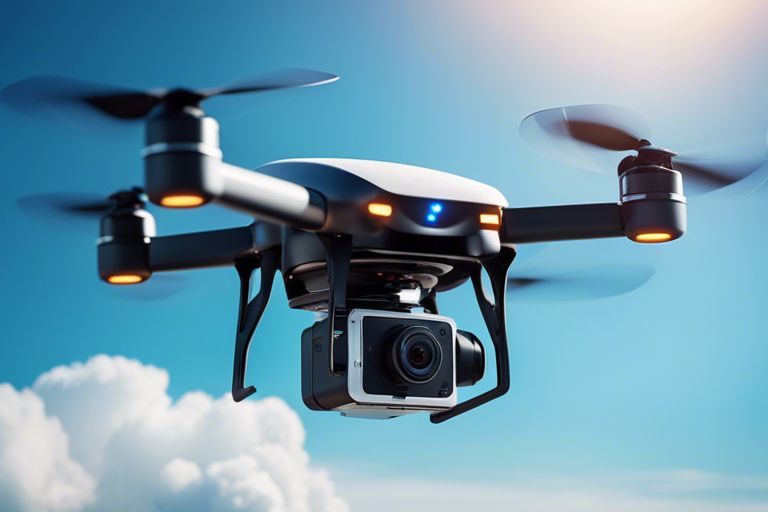
Regulatory and Environmental Considerations
For any industry involving unmanned aerial vehicles (UAVs) such as drones, adhering to safety regulations and considering environmental impact are paramount. In the case of drone power systems, particularly batteries, there are specific regulations and guidelines in place to ensure safe operation and minimize any negative environmental effects.
Safety Regulations for Drone Batteries
Considerations for safety regulations regarding drone batteries include guidelines on battery types, capacity limits, and proper handling and storage procedures. Lithium-ion batteries, commonly used in drones for their high energy density, must meet certain safety standards to prevent incidents such as thermal runaway. Regulatory bodies like the Federal Aviation Administration (FAA) provide requirements for battery transportation, labeling, and usage to reduce the risk of fire or explosions during flight.
Drone operators are required to follow strict protocols to ensure the safe use of batteries, including regular inspection for damage, proper charging practices, and monitoring battery temperature during operation. Training on battery maintenance and emergency procedures in case of battery failure is also essential to mitigate risks and maintain a secure operating environment.
Sustainability and End-of-Life Management
Regulatory frameworks are increasingly focusing on sustainability and end-of-life management of drone batteries to minimize environmental impact. Proper disposal and recycling of lithium-ion batteries, which contain hazardous materials, are crucial to prevent pollution and contamination of ecosystems. Some countries have established collection programs for used batteries to promote responsible recycling and reduce the accumulation of electronic waste.
With the rapid growth of the drone industry, ensuring sustainable practices in battery production, usage, and disposal is becoming a key priority for regulators and manufacturers alike. Implementing lifecycle assessments and adopting eco-friendly alternatives in battery technology are essential steps towards achieving a more environmentally friendly and socially responsible drone industry.

Conclusion
The advancements in drone power systems are transforming the capabilities and efficiency of drones, enabling longer flight times, increased payloads, and greater reliability. With new battery technologies rapidly evolving, drones are becoming more versatile and sustainable for various industries. As the demand for drones continues to rise, the ongoing developments in batteries aloft are crucial for enhancing performance and unlocking new possibilities for drone applications.
